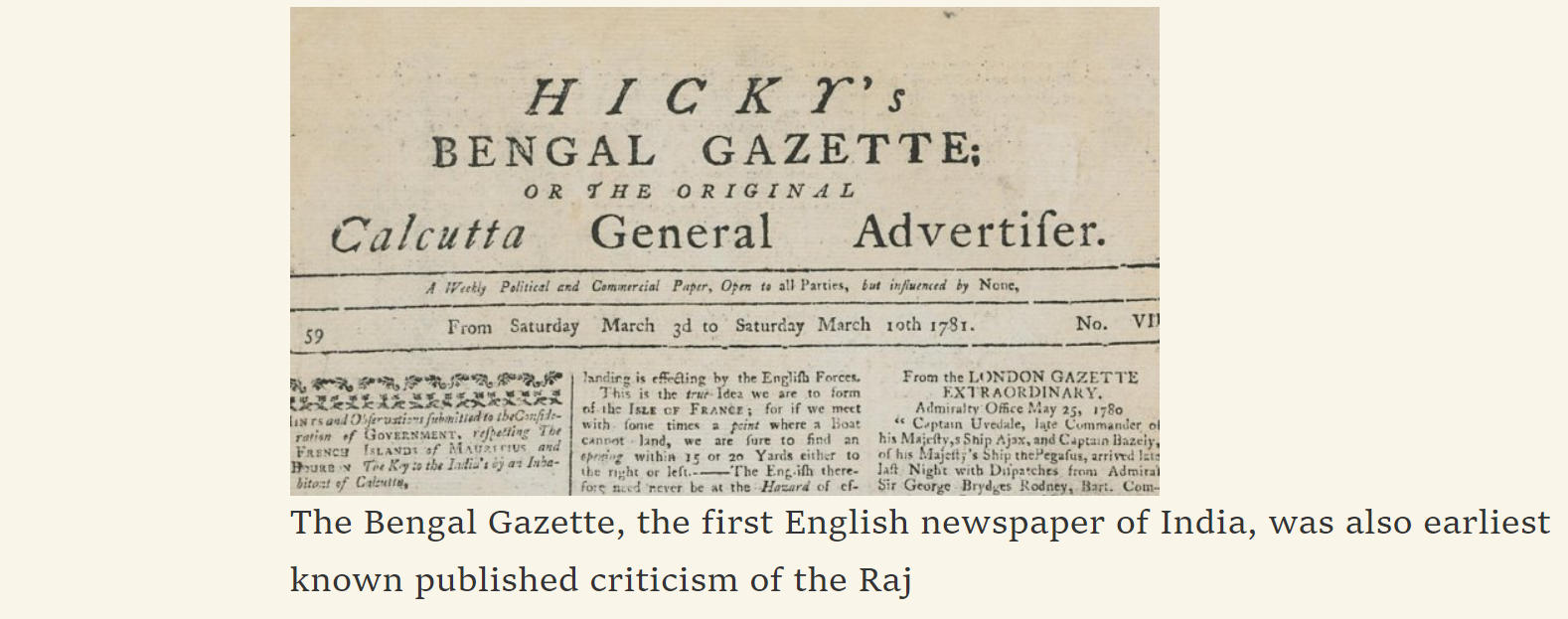Table of Contents
Yojana Magazine is a very important and indispensable source for UPSC Civil Services Exam Preparation. Here, we come with ”Analysis Of Yojana Magazine” which covers the monthly Yojana Magazine keeping in mind the demand of UPSC, particularly from the topics of important government schemes.
In ‘‘Analysis Of Yojana Magazine,” we cover each and every topic of the Yojana edition of a particular month and provide an easy-to-understand gist.
This topic-wise analysis is prepared from the August 2022 edition of the monthly Yojana Magazine.
”Literature Defying The Raj”: Introduction
- British establishment tried to discourage the ideas against the established system.
- Despite the suppressions, human civilizations and culture have developed along with the freedom of ideas and resistance.
- Thus, literature against colonial rule reflects the zeal for freedom of the country and sacrifices to achieve the goal and suffering in the process.
”Literature Defying The Raj”: The Case of Hicky’s Bengal Gazette
- James Augustus Hicky’s ‘Bengal Gazette’ was India’s first newspaper(came out on 29 Jan. 1780)
- Hicky saw his newspaper as a forum where people of many backgrounds could voice ideas for the betterment of society. As he promised, he avoided politics. And he refused to print any partisan letters.
- But Warren Hastings, the first governor-general of India crushed the gazette within two years.
”Literature Defying The Raj”: How did the Press, Defy Raj?
- It began in 1780 with the first printed newspaper in India, the Bengal Gazette. Run by Irishman James Augustus Hicky, the paper was noted and had infamy for its satirical tone and repeated ridicule of the British Raj.
- In 1857, during the first war of independence, the newspaper Payam-e-Azadi took to spreading the message that the British would continue to divide and rule and that people had to stand up against it. Alongside that, existed three newspapers: Samachar Sudhavarashan, Doorbeen and Sultan-ul-Akhbar.
- Nil Darpan, a play published in The Hindoo Patriot, which was a critical move leading to the Indigo revolt in 1859.
- 1943 Bengal famine was notably reported by the Amrita Bazar Patrika.
”Literature Defying The Raj”: Important Literature against Established British Rule
- Numerous poets and writers have written about several incidents of freedom struggle such as – 1857 War of Independence, 1919 Jallianwala Bagh Massacre, 1922 Chauri Chaura incident, 1927 Kakori robbery, and 1942 Quit India Movement.
- ‘Sare Jahan Se Acha’, an Urdu language patriotic song for children written by poet Muhammad Iqbal in the ghazal poetry of Urdu Poetry. The poem was published in the weekly journal ‘Ittehad’ on 16 August 1904.
- ‘Jhansi ki Rani’ by Subhadra Kumari Chauhan.
- ‘Pushp Ki Abhilasha’ by Makhanlal Chaturvedi.
- ‘Jhande Ka Geet’ by Shyamlal Gupt Parshad.
- Revolutionaries like Ram Prasad Bismil and Ashfaqullah Khan wrote several poems expressing the innermost expressions of revolutionaries against British rule.
- ‘Bharath Prashasthi’ by Rabindranath Tagore.
- ‘Pyara Hindostan Hamara’ by poet Hamdam depicting Hindu-Muslim Unity during the freedom struggle.
”Literature Defying The Raj”: Major Laws By the British to Suppress the Indian Press
Laws Before 1857
- The First Censorship of Press Act, 1799 by Lord Wellesley
- Licencing Regulations Act , 1823
- Press Act/Charles Metcalfe Act, 1835
- Licensing Act, 1857
- Lala Lajpat Rai was sent to jail in Burma under Regulation III of 1818
Laws After 1857
- Several newspapers in various Indian languages were banned or penalized during the 1857 war.
- Mirza Bedar Bakht, an editor of the ‘Payam -e-Azadi’ paper was publicly hanged for supporting the war.
- Sedition law was introduced in 1870 under Section 124A of IPC.
- Sedition law was used to silence the likes of Mahatma Gandhi and Bal Gangadhar Tilak.
- Bal Gangadhar Tilak was charged with sedition for exciting disaffection through an article he published in the Kesari. The Lokmanya was sentenced to imprisonment for 12 months.
- The Vernacular Press Act (VPA) of 1878 was designed to ‘better control’ the vernacular press and effectively punish and repress seditious writing.
- The Official Secrets Act, 1898, Indian Post Office Act, and Indian Customs Act, Indian Press Act, 1910, all controlled the books and publications.
- Press (Emergency Powers) Act was passed in 1931 and strengthened during the Second World War. The Act gave provincial governments power to suppress propaganda for the Disobedience movement and was later used as a weapon to ban all talk of the Congress.
(The most disastrous of the Acts passed was the Press Act of 1910 which brought over 1,000 newspapers under prosecution and made the Raj’s pockets heavier by Rs 5 lakh in form of securities and forfeitures.)
”Literature Defying The Raj”: Conclusion
The literature, being the ever-clever entity it was, continued its resistance by using underground papers, radio, art and graffiti. This continued till the British finally abdicated from India, creating the two countries – India and Pakistan.



 TSPSC Group 1 Question Paper 2024, Downl...
TSPSC Group 1 Question Paper 2024, Downl...
 TSPSC Group 1 Answer key 2024 Out, Downl...
TSPSC Group 1 Answer key 2024 Out, Downl...
 UPSC Prelims 2024 Question Paper, Downlo...
UPSC Prelims 2024 Question Paper, Downlo...
